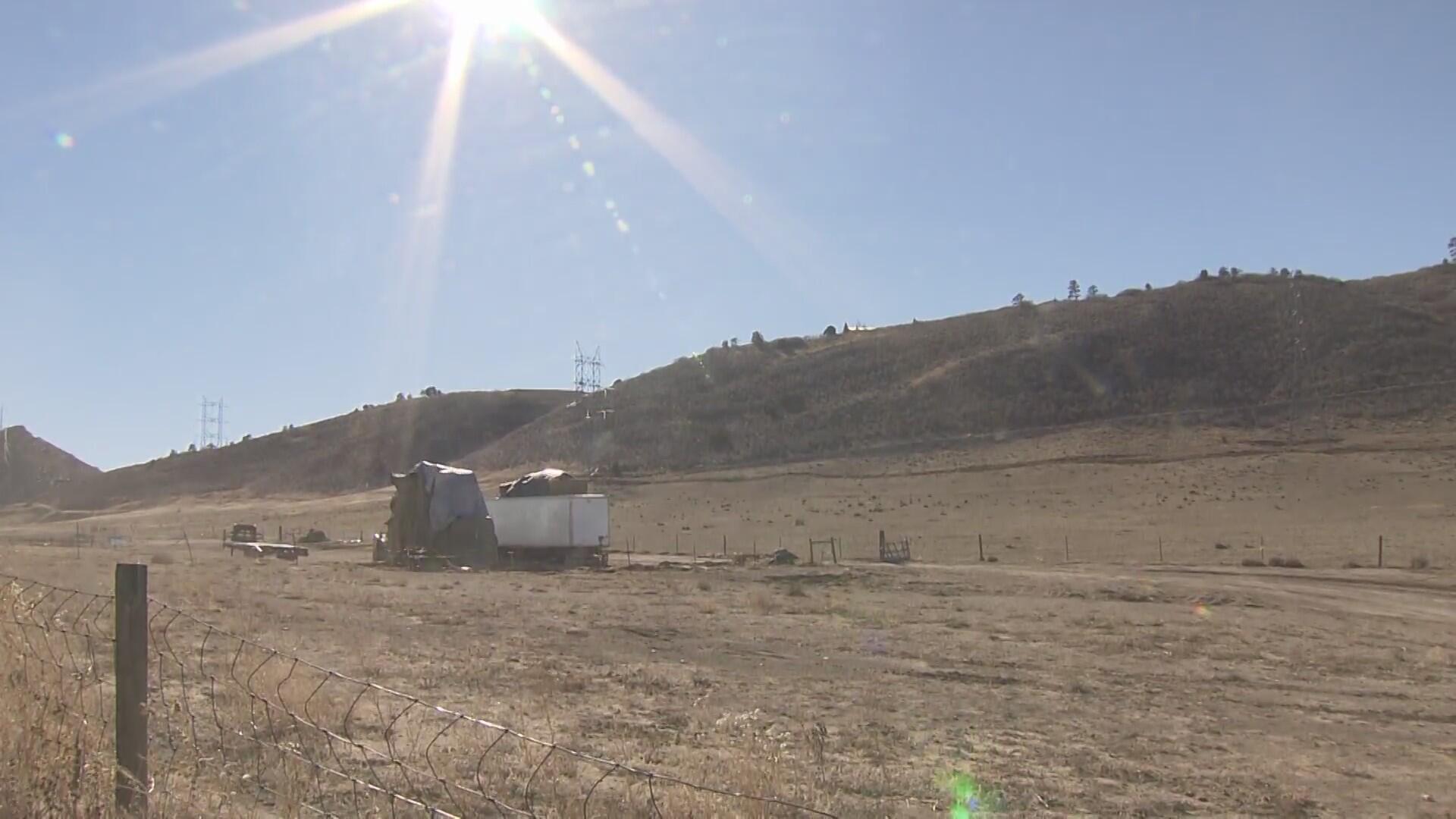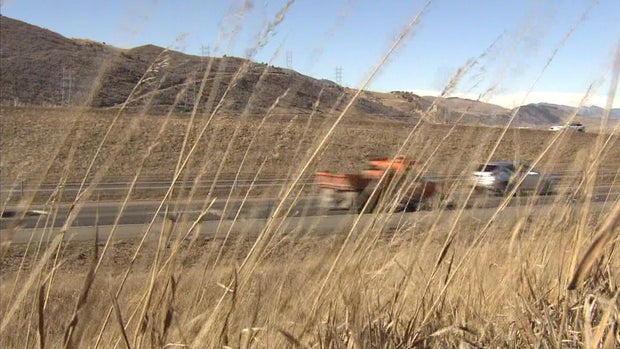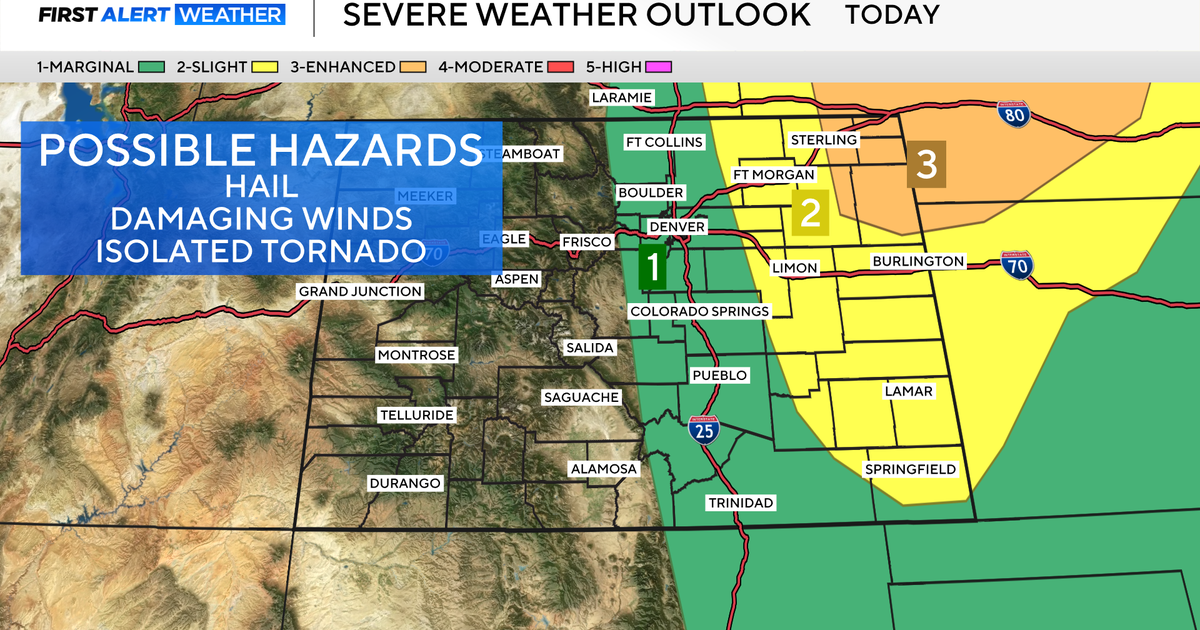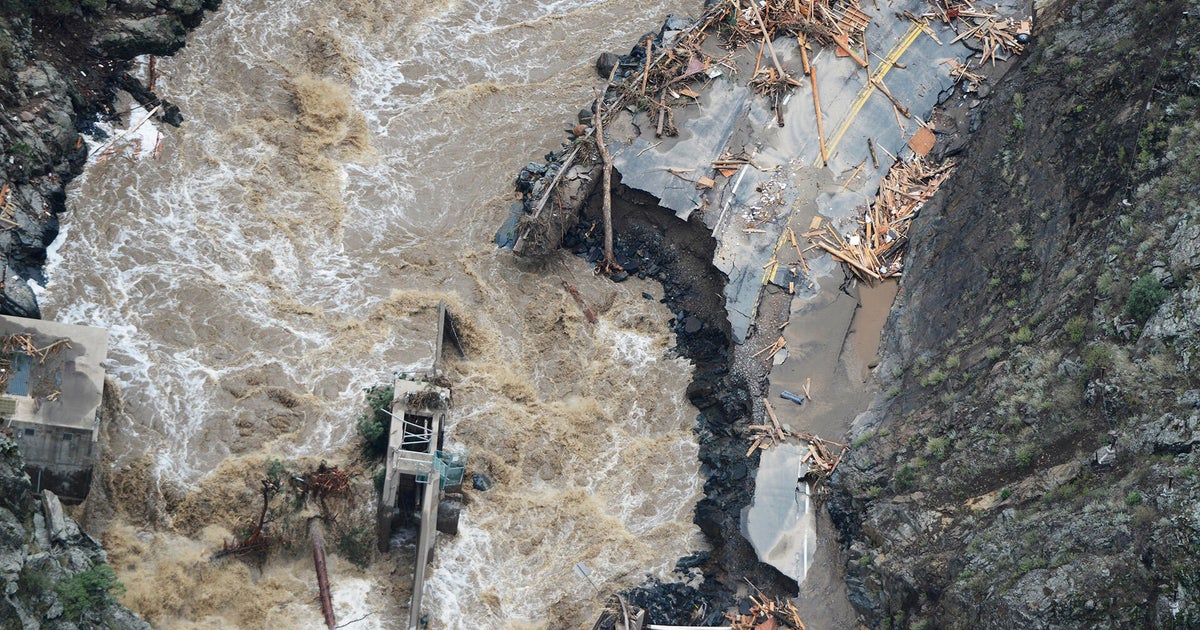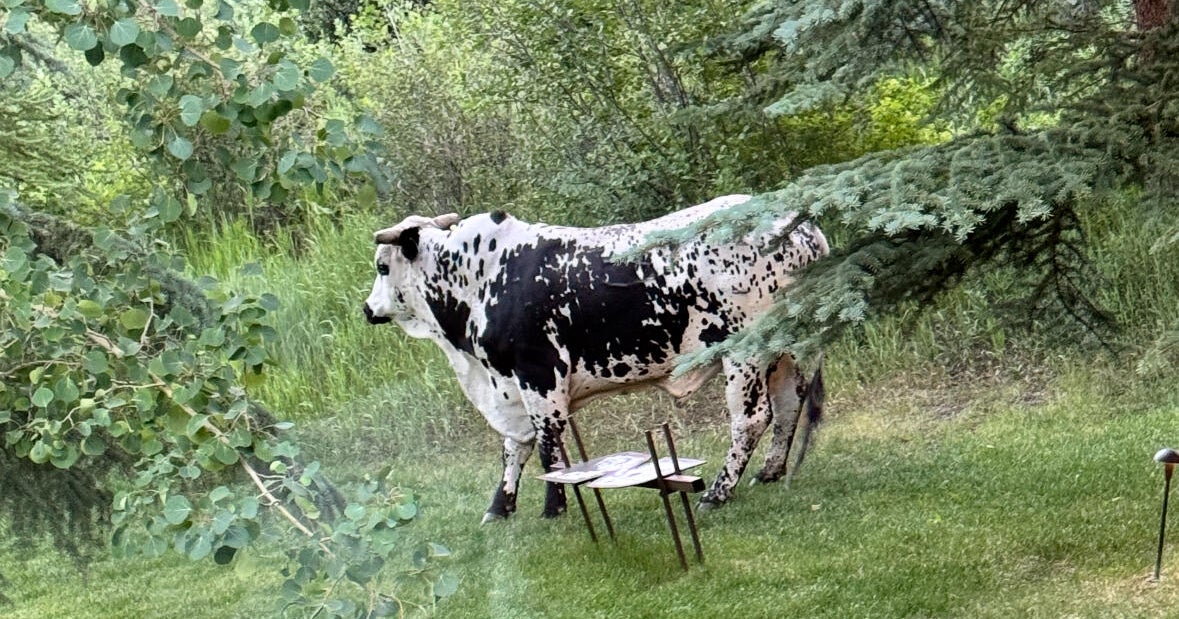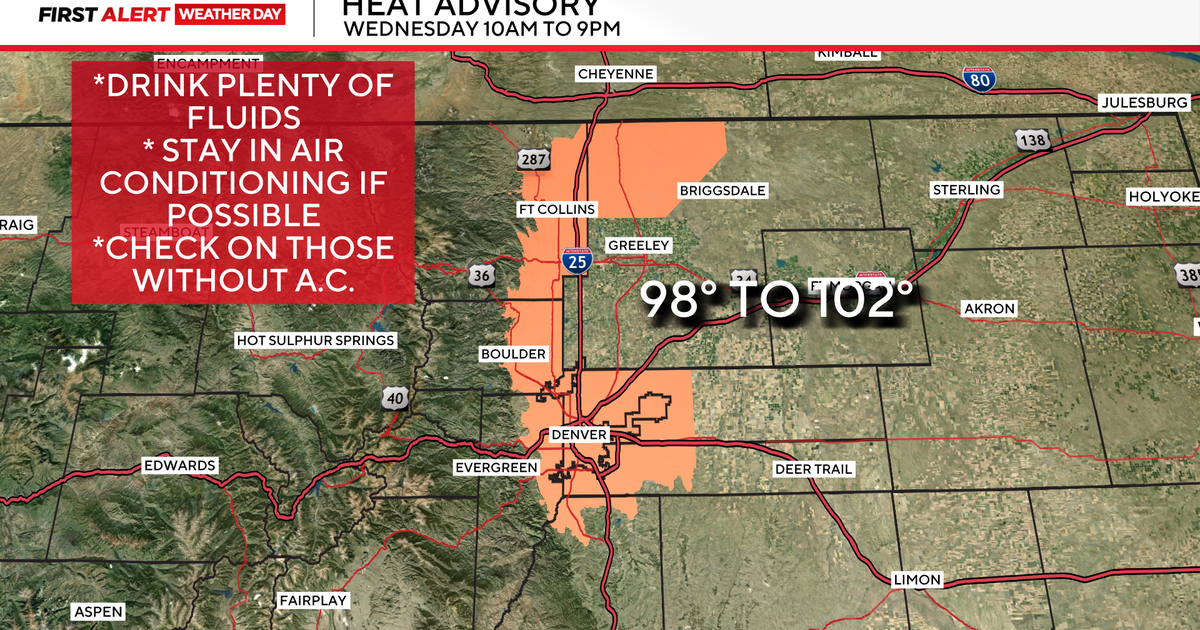Researchers interested in Colorado's winds and why they may actually be weakening
Summer storms running over Colorado are bringing rain, hail, lightning and winds, a common offering from the skies at this time of year.
In some places it means tornado warnings. In Boulder, the winds are actually more modest than they can be starting in the fall. It was late December when the Marshall Fire, pushed by 100 mile an hour winds destroyed homes and lives. But even those winds can't match those that used to run across Boulder.
"Back in the 70s and 80s there were reports of wind gusts in excess of 120 to 130 miles an hour regularly," said Ph.D. Andrew Winters, an assistant professor of Atmospheric and Oceanic Sciences at the University of Colorado Boulder. In 1971 there was a wind clocked in Boulder at 147 mph.
But they're moderated.
"None of these reductions in wind speeds that we're seeing are necessarily going to change the impact and the magnitude of the events," said Winters.
The stiffest winds are not those of summer but start in the fall and continue through the winter into the spring. Many people think the winds are stronger. It may be something else.
"We don't necessarily know whether windstorms yet are getting are more frequent. They may be less intense but more frequent. That's something we're looking at," said Winters. "Typically its rare now for us to exceed 100 miles an hour in the strongest winds in some of the winds we see now in Boulder."
High winds push down into Boulder after channeling through the mountains, contained above by a relatively warm blanket of air known as a stable layer.
"You can imagine you've got these strong winds coming from the west and they basically have to squeeze between the mountaintop and this stable layer, explains Winters. The researchers are wondering whether a warmer climate might push that stable layer ceiling up. That would mean a wider pipe through which the winds channel.
Explaining the lower maximum winds is a bit of a puzzle, including natural variability. The Jet Stream, which moves to different positions over periods of years may have a role.
"Natural variability in those larger scale climate patterns that can shift of the time period of decades or years, can certainly move and position the Jet Stream in different spots," said Winters.

